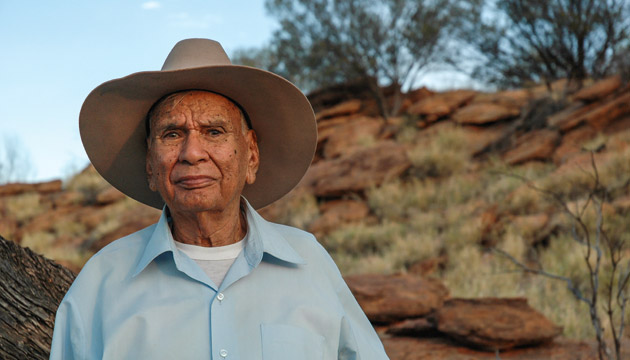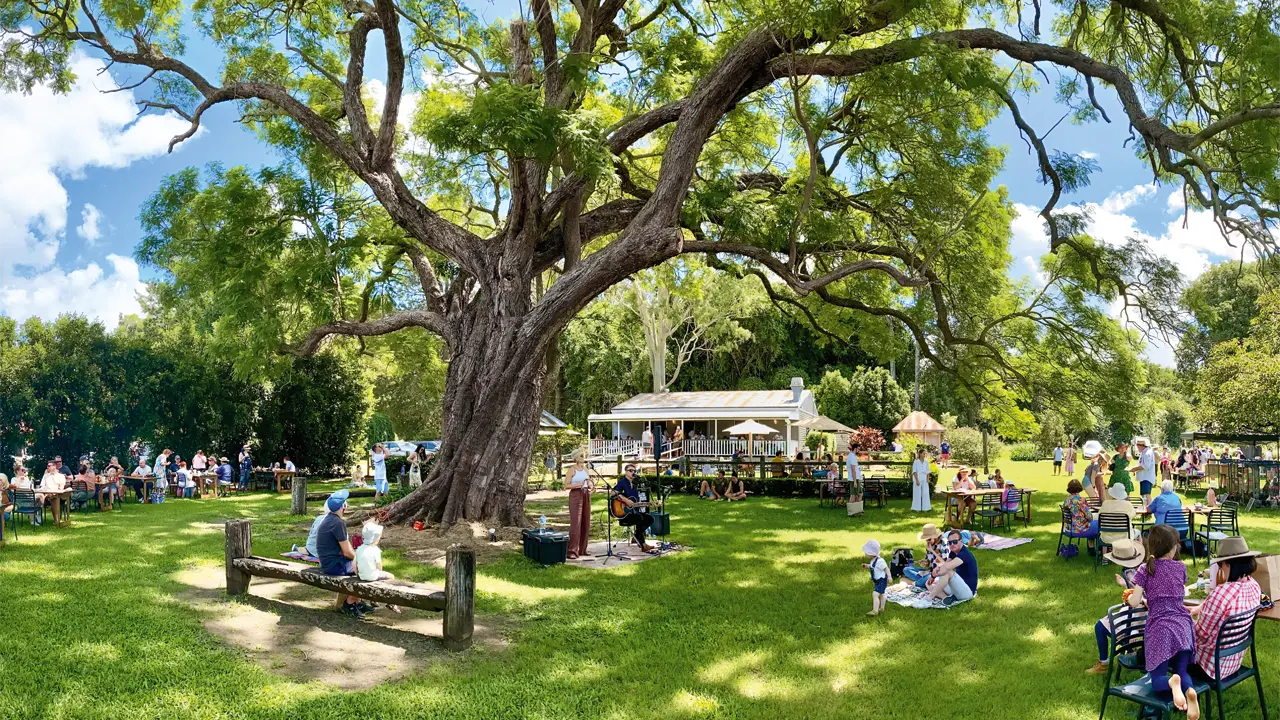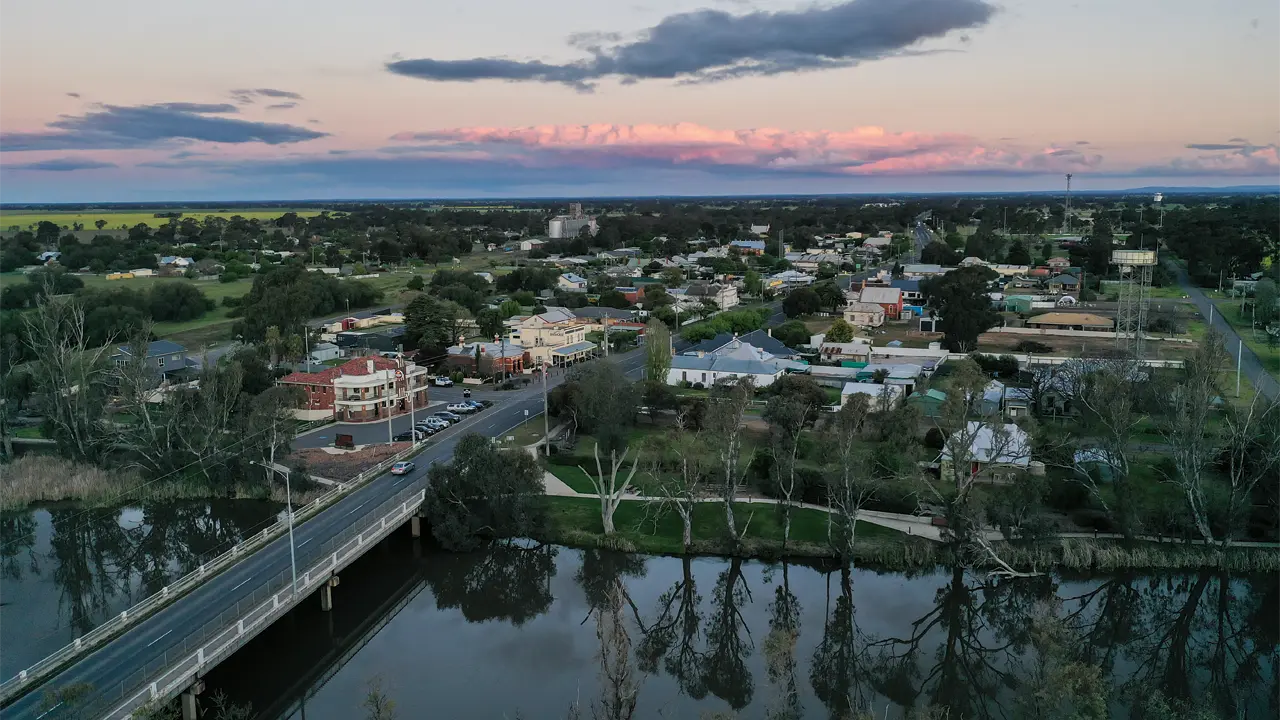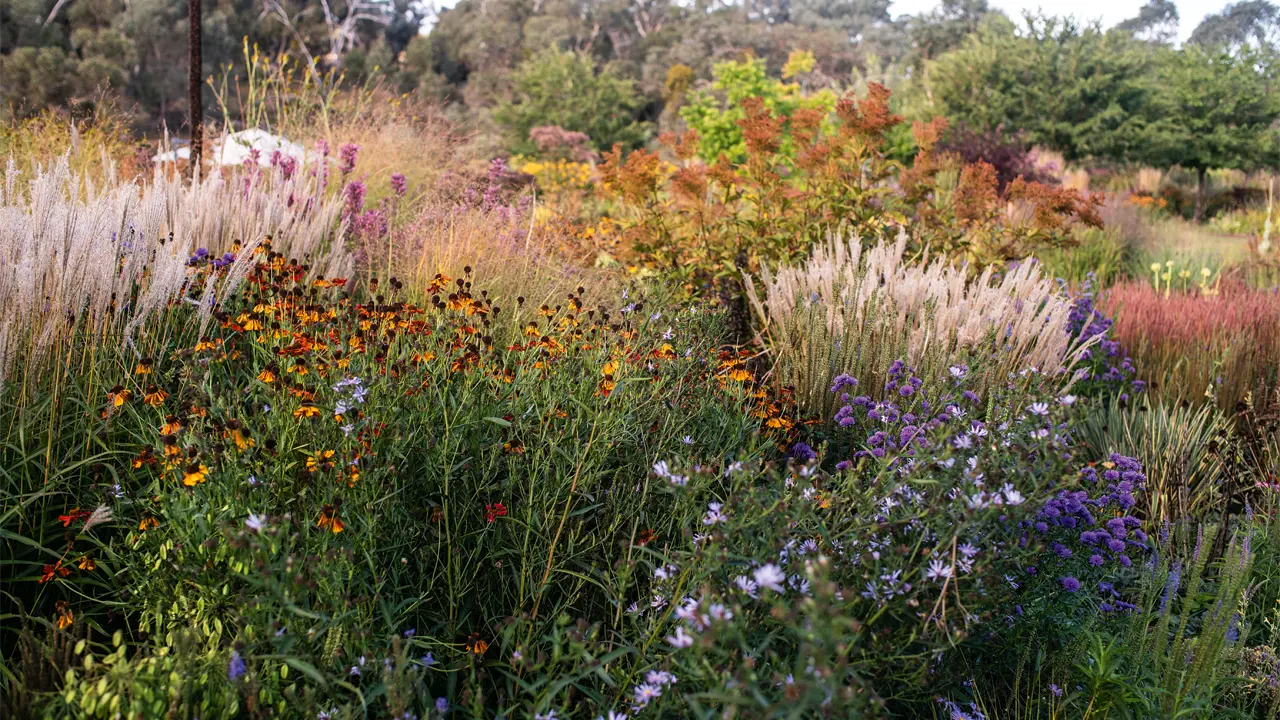Against the odds, Tom Cleary carved out a proud career with horses and cattle.
Story and photo by Felicity Forth
Tom Cleary sits at his kitchen table in his pressed cotton shirt, with glasses around his neck. It’s only 9.30am but it’s already too hot to sit outside on the verandah of his home on the outskirts of Alice Springs.
Spread before him, a pastoral map of the Northern Territory reads like a map of his 87 years on the land. With fading eyesight, and having learnt the alphabet from reading cattle brands, Tom has difficulty finding the names of the many stations he has lived and worked on over the years – names such as Jervois, Loves Creek, Huckitta, Mt Riddock, Narwietooma and Atula. It was on these stations that he rose from working for meagre rations to become one of the most respected station managers in the centre.
Born in 1928 to an Aboriginal mother and white father in the copper-mining settlement Jervois, east of Alice Springs, Tom grew up in a bough shed. His clothes were little more than modified hessian sacks. After his mother’s white partner died when Tom was in his early teens, he was taken away by the local policeman and put to work at Loves Creek Station under the iron fist of Harry Bloomfield.
Tom remembers Bloomfield as a “very, very hard” man. Although Bloomfield provided “dried corned beef and damper – no jam, nothing” and had his workers stay at stock camp year-round, “even at Christmas”, Tom says he wasn’t all bad. In fact, Tom attributes much of what he learnt about working cattle to Bloomfield’s early influence. “He taught me how to work the cattle so they were quiet,” Tom says.
After working a series of jobs on stations surrounding Alice Springs, Tom landed a job at Huckitta station in 1947 as the head stockman for Walter Kidman, the only son of cattle baron Sir Sidney. Back then, much of the station water had to be pumped by hand from soaks in the Plenty River, a job Tom says he was thankful to avoid. “Them days there was no bores,” he says. “We had to rely on the springs. They used to have an Aboriginal boy pulling water for the cattle at every soak.”
Despite working seven days a week, sleeping in his swag and receiving minimal pay, Tom remembers these days as “good fun”.
His first paid work was for British cattle baron Lord Vestey, droving cattle along the Murranji Track from Wave Hill Station, 1200 kilometres north-east of Alice Springs, to the railhead at Dajarra, 150km south of Mount Isa. “It was a long trip,” Tom says of the four-month journey. “For cattle you might have one dry day with no water. On these days, we give the horses water from canteens.”
At his next position at Mt Riddock station, Tom volunteered to give 21-year-old Gaynor Lock riding lessons. The couple were married within a year and are still together 54 years later.
Tom and Gaynor raised two children working on stations across the centre from Narwietooma in the west to Mt Riddock and Alcoota in the east.
This story excerpt is from Issue #111
Outback Magazine: Feb/March 2017










